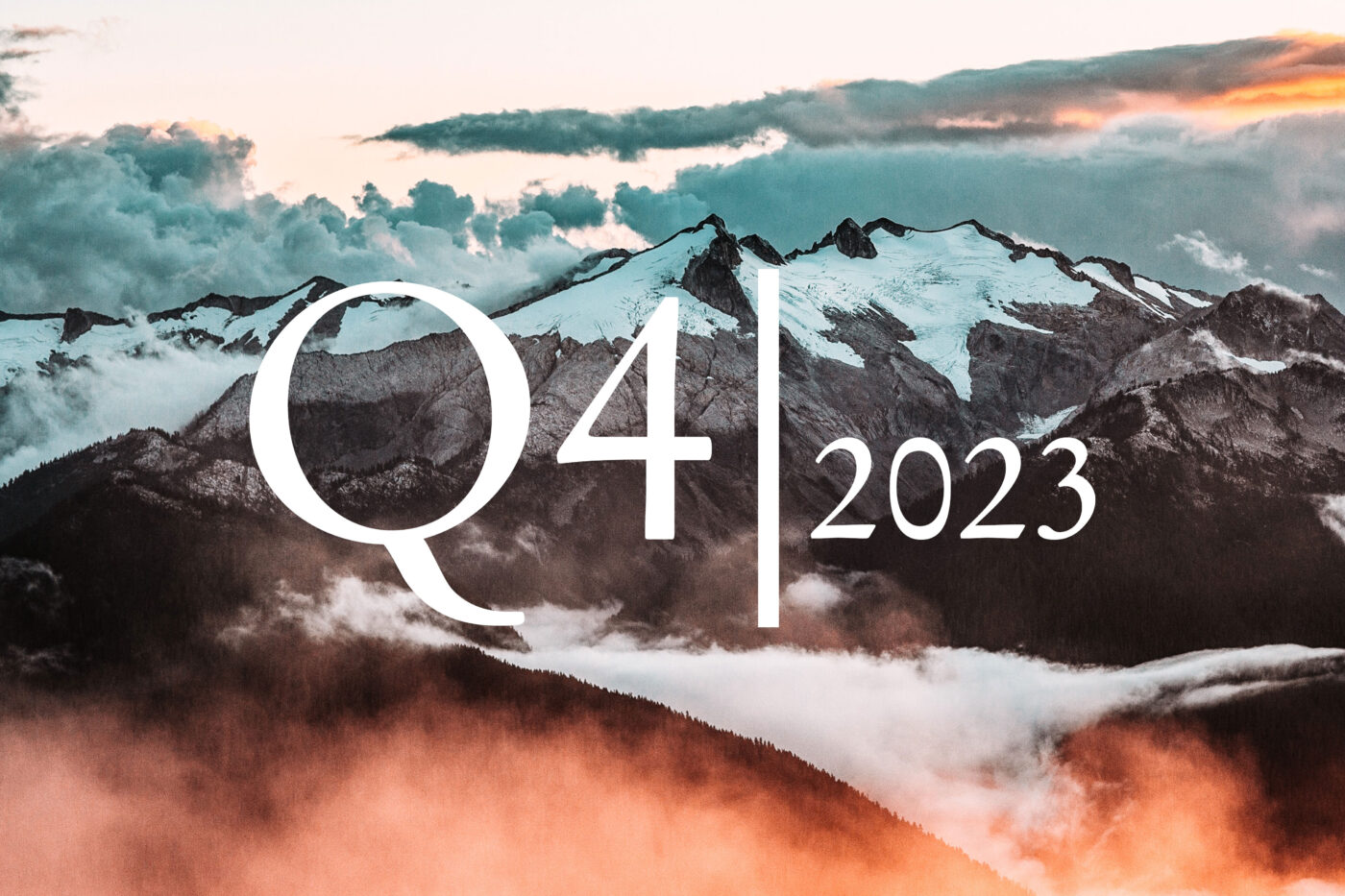Oil with upside potential in the medium term
After a strong summer and autumn, oil got off to a rather disappointing start to the fourth quarter. Increased demand concerns (US petrol demand temporarily fell to its lowest level in 25 years) caused Brent oil to fall by around USD 20 per barrel from its September high in Q4. The outbreak of the Israel-Hamas war led to a brief countermovement. Due to the geographical and political proximity to the OPEC, investors feared consequences for the already tight supply. However, once the war became apparent as a local conflict, the resulting risk premium was fully priced out again at the beginning of November. Since then, oil – caught between supply and demand concerns – has been trading in a volatile downward movement driven by data. In the short term, oil is likely to find it difficult to break out upwards. On the supply side, the OPEC is likely to keep production tight, drilling activity in the US shale oil industry is declining and global inventories are historically low. On the demand side, stronger demand from China and colder temperatures in winter should support prices.
Oil: Drilling activity in the US shale oil industry is declining
Number of active US oil wells (4 months lagged) against the WTI oil price in US dollars per barrel
Gold near all-time high with limited short-term potential
Gold shone in the fourth quarter. Tailwinds came from all sides: Spurred on by the increased demand for safe havens in the wake of the geopolitical escalation in the Middle East, the precious metal climbed above the USD 2,000 mark at the end of October for the first time since the regional banking crisis in the spring of this year. Supported by lower real interest rates and a weaker dollar, gold then broke through the 2,000 mark again after normalising at the end of November. Weaker US economic data had fuelled hopes of interest rate cuts in the near future. Near the all-time high, further upside potential is now limited. Following a normalisation of the price trend, the next strong fundamental driver is likely to be the actual interest rate cut by the Fed.
Gold: tailwind from falling real interest rates and the US dollar
Gold price in US dollars versus interest rate of 10-year inflation-indexed Treas-uries (inverted) and US dollar index (inverted)
Long-term upside potential for metals intact
The LME industrial metal index fell to its lowest level of the year at the beginning of the fourth quarter. In contrast to its precious metal and energy commodity counterparts, the metal complex suffered from the possible consequences of the war in Israel for the global economy. Looking ahead, China now appears to want to stimulate the economy more sustainably. If the economic stimulus programmes are credibly implemented, metals should receive a tailwind in addition to the already supportive green demand.
Metals: Green demand from China is providing long-term support
Demand growth in China since the start of the year and China's share of global demand for individual metals
Author

Philina Kuhzarani
Philina Kuhzarani has been working as an analyst in the Berenberg Multi Asset Strategy & Research team since January 2022. Her responsibilities include the generation of multi-asset investment ideas and the preparation of capital market publications and analyses to support investment decisions. Her focus is particularly on the commodities sector. After completing her BSc in Economics at Maastricht University, she gained market experience in the treasury and M&A department of a Dax-40 company before completing her Master of Science in Investment and Wealth Management at Imperial College London with merit. Philina Kuhzarani joined Berenberg Bank in October 2020 as part of the Investment Banking Graduate Programme in London. As part of the programme, she completed assigments in ECM, Economics and Equity Research, Equity Sales and Equities and Multi-Asset Asset Management and completed the CISI Level 3 certifications in Securities and Financial Regulation.


